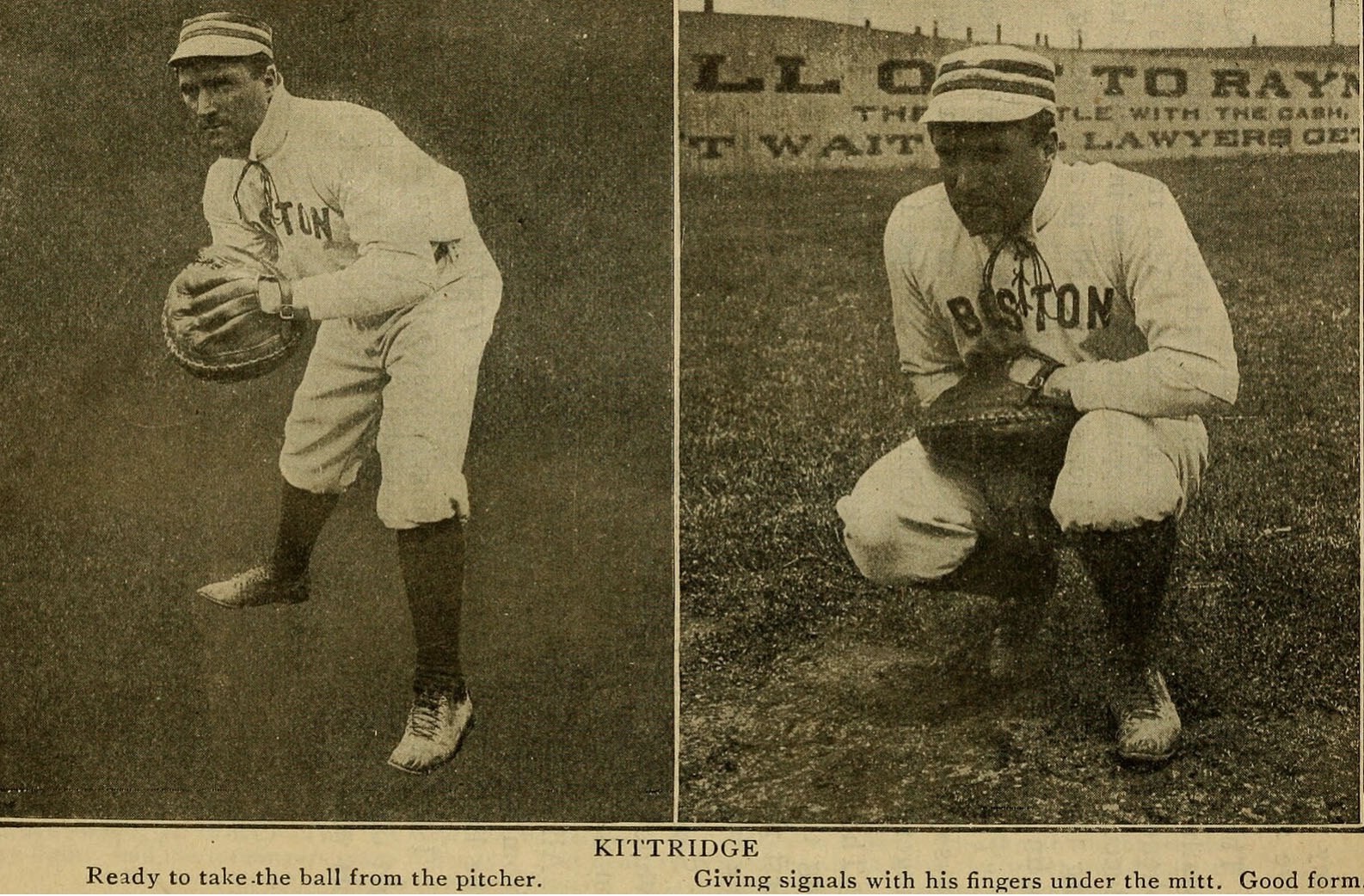Thrower's elbow
refers to a constellation of injuries affecting the elbow joint,
commonly seen in athletes who engage in repetitive overhead throwing
activities, such as baseball pitchers, football quarterbacks, and
javelin throwers.
The condition arises due to the significant valgus stress and repetitive microtrauma imposed on the elbow during the throwing motion.
During the late phases of throwing, the elbow is exposed to high stress and an extreme valgus load on the inside (medial) elbow [Powell et. al., 2021]. Over time, this leads to degenerative changes due to the microtrauma occurring.

Thrower's elbow is a non-specific diagnosis and determining the underlying causes involves a detailed history, physical examination, and imaging.
History: A detailed history is crucial. This includes the duration and location of pain, the phase of the throwing motion during which pain occurs, and any associated symptoms such as decreased throwing velocity or control [Cain et al, 2003].
Physical Examination: The examination should include inspection, palpation, range of motion assessment, and specific tests. Key provocative maneuvers for UCL injury include the valgus stress test, the moving valgus stress test, and the milking maneuver. For flexor-pronator muscle strain or tendinitis, palpation over the medial epicondyle and resisted wrist flexion can
elicit pain [Hariri & Safran, 2010; Ciccotti & Ciccotti, 2020; Hsu et al, 2012].
Imaging:
Ultrasound (US):
Musculoskeletal US is valuable for dynamic assessment of tendons and
ligaments. Stress US can detect UCL injuries by measuring medial joint
space gapping under stress [Thomas et al, 2022; Hultman et al, 2021].
MRI and MR Arthrography:
MRI is the gold standard for diagnosing UCL injuries, with MR
arthrography providing higher accuracy for differentiating partial from
complete tears. MRI is also useful for identifying other conditions such
as medial epicondyle apophysitis, valgus extension overload syndrome,
and olecranon stress fractures [Thomas et al, 2022].
Radiographs: Stress radiographs can measure medial joint space opening, which correlates with UCL injury severity [Thomas et al, 2022].
Bruce JR, Andrews JR. Ulnar collateral ligament injuries in the throwing athlete. J Am Acad Orthop Surg. 2014 May;22(5):315-25.
Cain EL Jr, Dugas JR, Wolf RS, Andrews JR. Elbow injuries in throwing athletes: a current concepts review. Am J Sports Med. 2003 Jul-Aug;31(4):621-35.
Carr JB 2nd, Camp CL, Dines JS. Elbow Ulnar Collateral Ligament Injuries: Indications, Management, and Outcomes. Arthroscopy. 2020 May;36(5):1221-1222.
Chen FS, Rokito AS, Jobe FW. Medial elbow problems in the overhead throwing athlete. J Am Acad Orthop Surg. 2001 Mar-Apr;9(2):99-113.
Ciccotti MC, Ciccotti MG. Ulnar Collateral Ligament Evaluation and Diagnostics. Clin Sports Med. 2020 Jul;39(3):503-522.
Eygendaal D, Safran MR. Postero-medial elbow problems in the adult athlete. Br J Sports Med. 2006 May;40(5):430-4; discussion 434.
Gehrman MD, Grandizio LC. Elbow Ulnar Collateral Ligament Injuries in Throwing Athletes: Diagnosis and Management. J Hand Surg Am. 2022 Mar;47(3):266-273.
Hariri S, Safran MR. Ulnar collateral ligament injury in the overhead athlete. Clin Sports Med. 2010 Oct;29(4):619-44.
Hsu SH, Moen TC, Levine WN, Ahmad CS. Physical examination of the athlete's elbow. Am J Sports Med. 2012 Mar;40(3):699-708.
Hultman KL, Goldman BH, Nazarian LN, Ciccotti MG. Ultrasound Examination Techniques for Elbow Injuries in Overhead Athletes. J Am Acad Orthop Surg. 2021 Mar 15;29(6):227-234.
Marcaccio SE, Arner JW, Bradley JP. Ulnar Collateral Ligament Injuries in Overhead Athletes: Diagnosis, Management, and Clinical Outcomes. J Am Acad Orthop Surg. 2025 Jan 1;33(1):14-22.
Miller CD, Savoie FH 3rd. Valgus Extension Injuries of the Elbow in the Throwing Athlete. J Am Acad Orthop Surg. 1994 Oct;2(5):261-269.
Patel RM, Lynch TS, Amin NH, Calabrese G, Gryzlo SM, Schickendantz MS. The thrower's elbow. Orthop Clin North Am. 2014 Jul;45(3):355-76.
Powell, G. M., Murthy, N. S., & Johnson, A. C. (2021). Radiographic and MRI Assessment of the Thrower's Elbow. Current reviews in musculoskeletal medicine, 14(3), 214–223.